MagSafe on iPhone: watch out when choosing a power adapter
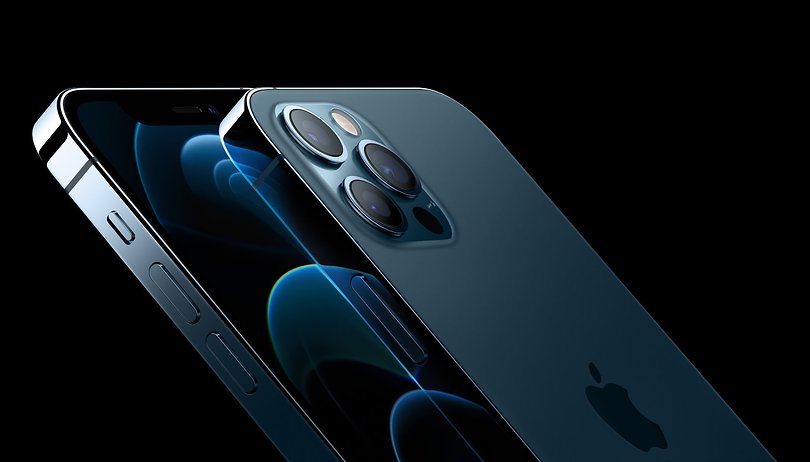

To match the new iPhone 12, Apple has (re-)introduced MagSafe, a new charging device for its smartphones. However, if you want to reach the promised 15 watts, you have to meet the exact requirements. In a new video, various power adapters are now being tested with the MagSafe dongle.
The new MagSafe for iPhone 12 is Apple's enhanced version of the Qi standard. It relies on a series of magnets to perfectly orient the charging adapter on the back of the smartphone. This should help to achieve an optimal alignment of the coils in the MagSafe dongle and the smartphone.
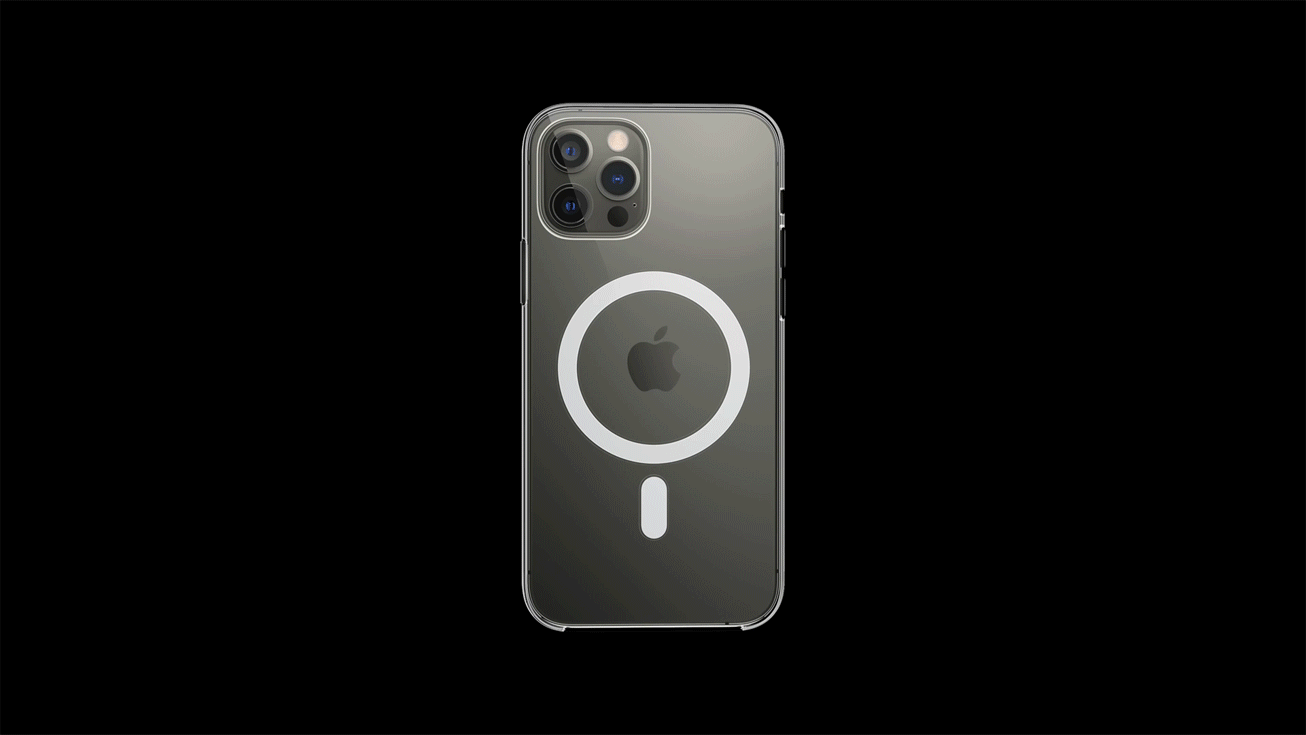
When using MagSafe, the iPhone 12 should be able to be charged with up to 15 watts. A conventional Qi charger still only manages to charge at up to 7.5 watts. But besides the MagSafe adapter, an appropriate power supply is also necessary, which provides the necessary power. Apple offers its own "20W USB-C Power Adapter" for this, which is also new – and not included with the MagSafe dongle. But what about other USB-C power supplies that have been available for a long time?
iPhone 12 with MagSafe: Pitfall Power Adapter
YouTuber Aaron Zollo has now published a video in which he tries several power supplies from Apple and other manufacturers with the MagSafe adapter and the iPhone 12. A small power meter is used to measure the power going to the phone. As a bonus, he also tested Apple's MagSafe with some Android smartphones.
The result is surprising at first glance. Among the tested power supplies, only Apple's new 20 Watt power supply managed to charge the iPhone 12 with the promised 15 watts. Even other Apple power supplies, whether the old 18-watt variant or the 96-watt adapter from the 16" MacBook Pro, do not manage to reach these 15 watts.
Here are the results at a glance:
- Apple 20 W power supply: 15 watts
- Apple 18 W power supply: 13 Watt
- Apple 96W power supply (16" MacBook Pro): 10W
- Anchor PowerPort Atom PD 1 (30 Watt): 7.5 to 10 Watt
- Aukey 65 W Power supply: 8 to 9 Watt
- Google Pixel 4/5 Power supply: 7.5 to 9 Watt
- Samsung Note 20 Ultra power supply: 6 to 7 Watt
If you own a new iPhone 12 and want to get the full 15 watts out of MagSafe, you should also order Apple's 20-watt power supply. Third-party manufacturers appear to have to update their power delivery profiles included in their power supplies in order to enable optimal charging.
Aaron Zollo's tests also showed that Apple is very aggressive in slowing down the charging process when the iPhone gets too warm. In this case, the measuring device then often only showed a maximum of 10 watts. The best results were shown when charging without a case, which apparently caused the heat to dissipate more quickly.
MagSafe with older iPhones and Android smartphones
Zollo also tested older iPhones with the MagSafe adapter. An iPhone 11 Pro Max and 8 Plus reached about 5 watts. Owners of the older Apple smartphones can thus confidently do without MagSafe. The same also applies to the tested Android smartphones, which were charged with a maximum of only 1.5 watts.
Source: Zollotech, YouTube






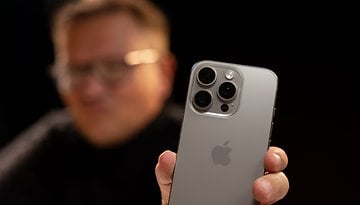
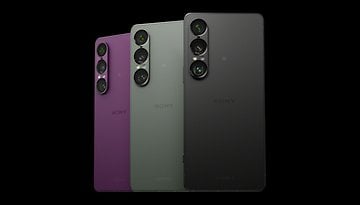
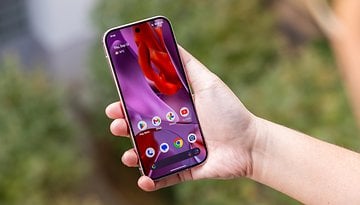
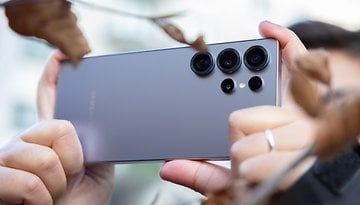
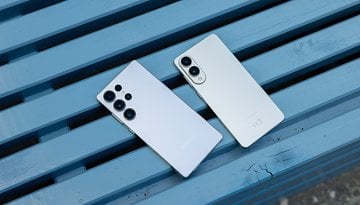
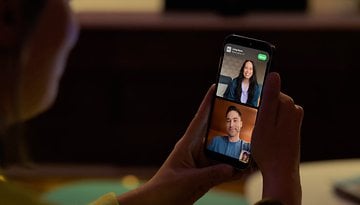
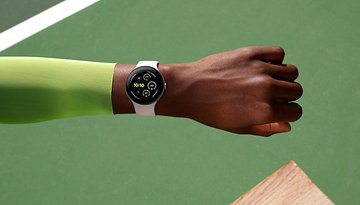


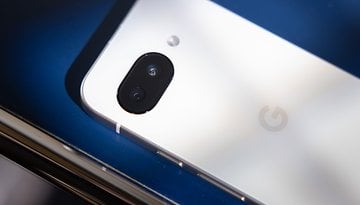

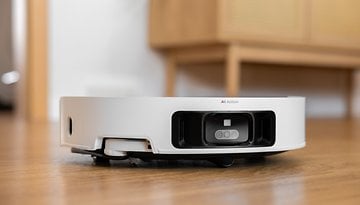


The joy of proprietary gadgets. Open standards are much more consumer friendly.